Creative Ideas for Functional and Stylish Basement stairs

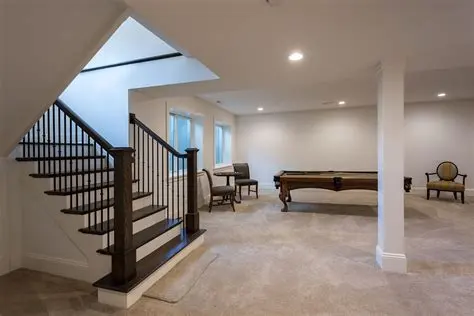
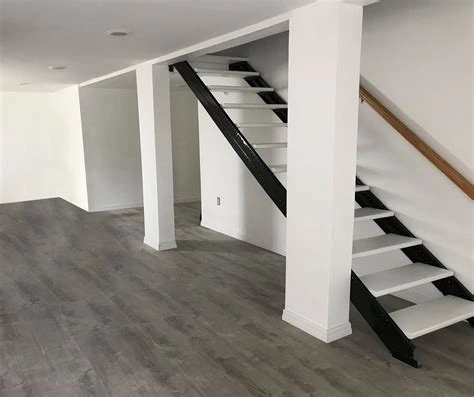
Enhancing basement design with functional and stylish design ideas can transform these often neglected areas into captivating spaces. Ideas range from maximizing storage space with custom-built cabinets and creating mini mudrooms to converting the area into wine cellars. Safety enhancements like proper lighting and non-slip materials are important, as are technological integrations like motion sensor lights and built-in charging stations. Creative elements such as unique materials, wall murals, cozy seating areas, and nature-inspired themes can add visual interest. With endless possibilities, basement stairs can become personalized features that reflect individual tastes and lifestyles. Elevate your home by exploring these creative ideas for functional and stylish basement stairs.
Maximizing Storage Space
Utilizing Under-Stair Storage
- Installing custom-built cabinets or shelves beneath the stairs to maximize storage space.
- Using pull-out drawers or slide-out shelves for easy access and organization.
- Adding decorative elements, such as wicker baskets or colorful bins, to enhance the aesthetic appeal.
Creating a Mini Mudroom
- Converting the area near the basement stairs into a mini mudroom.
- Incorporating hooks, benches, and shoe racks for storing outdoor gear and accessories.
- Using durable materials that can withstand moisture and dirt, such as waterproof flooring and easy-to-clean surfaces.
Wine Cellar or Wine Display
- Transforming the basement stair area into a wine cellar or wine display.
- Installing wine racks, temperature controls, and proper lighting to create a stylish and functional space.
- Incorporating glass walls or doors to showcase your wine collection.
Embark on a journey of endless options to transform your basement into your dream space now
Enhancing Safety and Functionality
Improved Lighting
- Installing adequate lighting along the basement stairs for safety and visibility.
- Incorporating recessed lighting, wall sconces, or LED strip lights for an ambient and well-lit staircase.
- Choosing energy-efficient lighting options to minimize electricity consumption.
Non-Slip Materials
- Using non-slip materials for stair treads and handrails to ensure safety.
- Options include rubberized treads, textured tiles, or anti-slip adhesive strips.
- Adding contrasting colors to the steps to increase visibility and reduce the risk of tripping.
Creative Design Elements
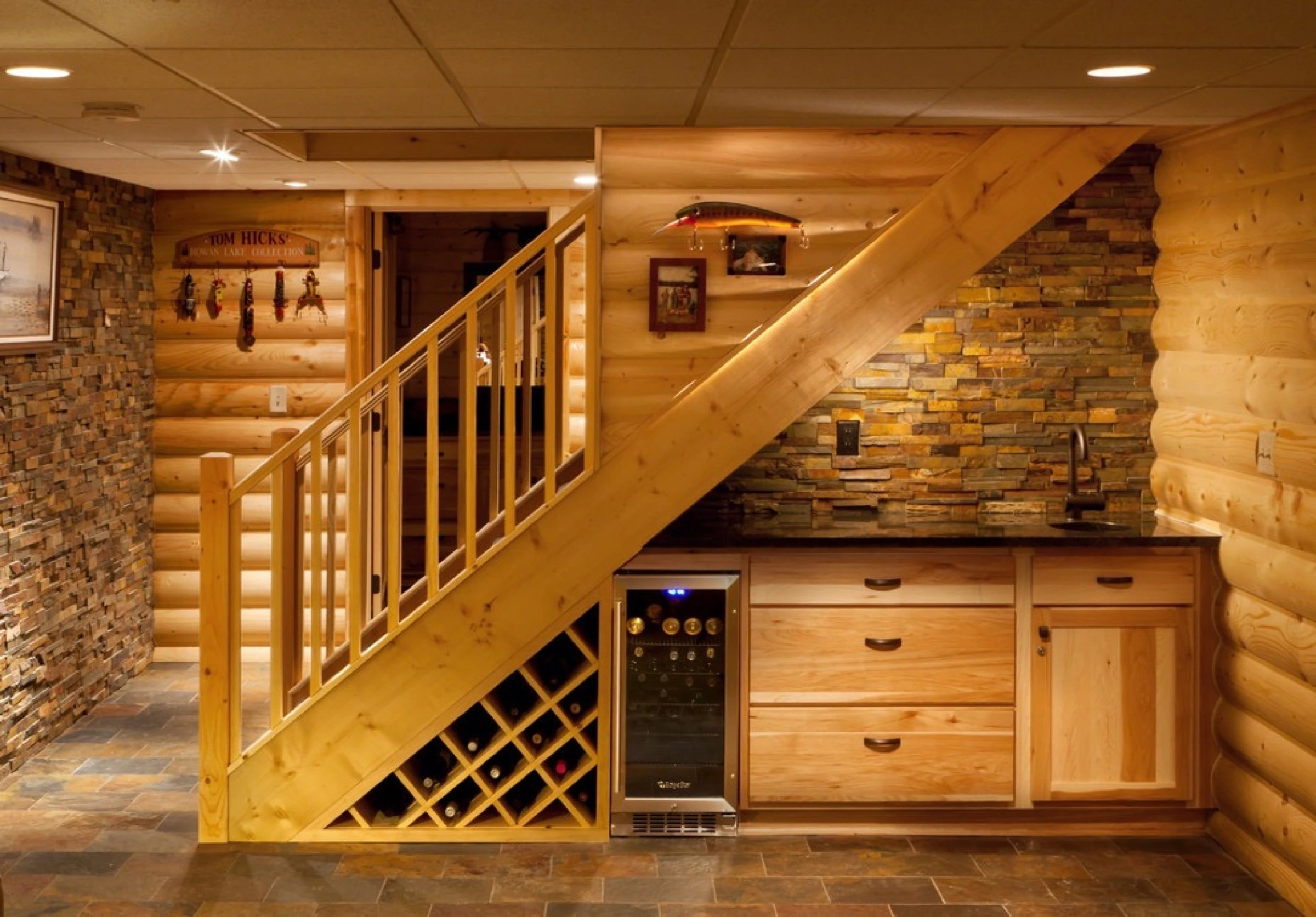
Tech Integration
Smart Home Integration
- Incorporating smart home technology into your basement stairs for added convenience.
- Installing motion sensor lights that turn on as you approach the stairs.
- Connecting the lighting system to your home automation system for remote control.
Built-in Charging Stations
- Creating a designated charging station within the stair area for electronic devices.
- Installing built-in USB ports or power outlets for easy access and organization.
- Concealing the charging station with a hidden panel or compartment.
Sound System Integration
- Enhancing the basement stairs area with a built-in sound system.
- Installing speakers along the stairwell or integrating them into the walls.
- Connecting the sound system to your home audio system for a seamless listening experience.

Your Dream Basement Projects starts from here : Ignite your options with our complementary quotation
Industrial Chic
Exposed Brick and Metal Accents
- Embracing an industrial aesthetic by exposing the brickwork or using faux brick wallpaper.
- Incorporating metal handrails, light fixtures, or decorative accents for an edgy look.
- Adding vintage-inspired signage or artwork to enhance the industrial theme.
Concrete Finish
- Opting for a raw and minimalist look by leaving the concrete stairs and walls exposed.
- Polishing or staining the concrete for a sleek finish.
- Adding industrial-style furniture or lighting fixtures to complement the overall theme.
Colorful and Vibrant Themes
Rainbow Stairs
- Painting each step of the basement stairs in a different vibrant color for a playful and whimsical look.
- Choosing a gradient color scheme or incorporating a rainbow pattern for a bold statement.
- Pairing the colorful steps with neutral-colored walls and handrails to create a balanced visual effect.
Pop Art Inspiration
- Incorporating pop art elements into the basement stair area.
- Using bold and bright colors, geometric patterns, and iconic pop culture images on the walls or steps.
- Adding wall decals or framed prints of famous pop art pieces for an artistic touch.
Retro Revival
- Creating a nostalgic ambiance with a retro-themed design.
- Using vintage-inspired wallpaper or murals featuring retro patterns and motifs.
- Adding retro accessories such as old vinyl records, vintage posters, or antique telephones.
Miniature Museum or Display
Mini Art Gallery
- Transforming the basement stair area into a mini art gallery.
- Hanging framed artwork or photographs along the stairwell walls.
- Incorporating gallery-style lighting to highlight each piece.
Collector’s Showcase
- Displaying a collection of items that hold personal significance or reflect your interests.
- Creating built-in shelves or glass display cases along the stairwell for showcasing the collection.
- Using proper lighting and placement to highlight the items effectively.
Memorabilia Wall
- Showcasing memorabilia or souvenirs from travels, hobbies, or memorable events.
- Creating a collage of framed tickets, postcards, jerseys, or other collectibles on the walls.
- Incorporating personal stories or captions to enhance the display’s narrative.
Eclectic Mix
Bohemian Chic
- Creating a bohemian-inspired design by combining vibrant colors, mixed patterns, and eclectic décor.
- Incorporating textiles such as tapestries, macramé, or patterned rugs along the stairwell.
- Adding plants, dream catchers, or unique artwork to enhance the boo aesthetic.
Stepping into Art
- Collaborating with local artists to create a customized art installation on the basement stairs.
- Incorporating murals, mosaics, or sculptural elements that transform the steps into a visual masterpiece.
- Emphasizing the use of vibrant colors and imaginative designs for a truly unique look.
Basement Finishing Cost Calculator
Quality Controls
In Canada, basement stairs must adhere to specific quality standards to ensure safety and compliance with building codes. Here are some important factors to consider for basement stairs in homes and buildings:
Building Codes and Regulations
Stairs must meet the requirements outlined in the local building codes and regulations. These codes may include specifications on dimensions, rise and run of steps, handrail height and design, and tread width, among other factors. It is crucial to consult the relevant building authorities or professionals to ensure compliance.

Structural Integrity
Basement stairs should be structurally sound and capable of supporting the anticipated loads. The materials used should be durable and able to withstand the wear and tear associated with daily use. Adequate support, proper connections, and secure fastenings are essential for the overall structural integrity of the stairs.
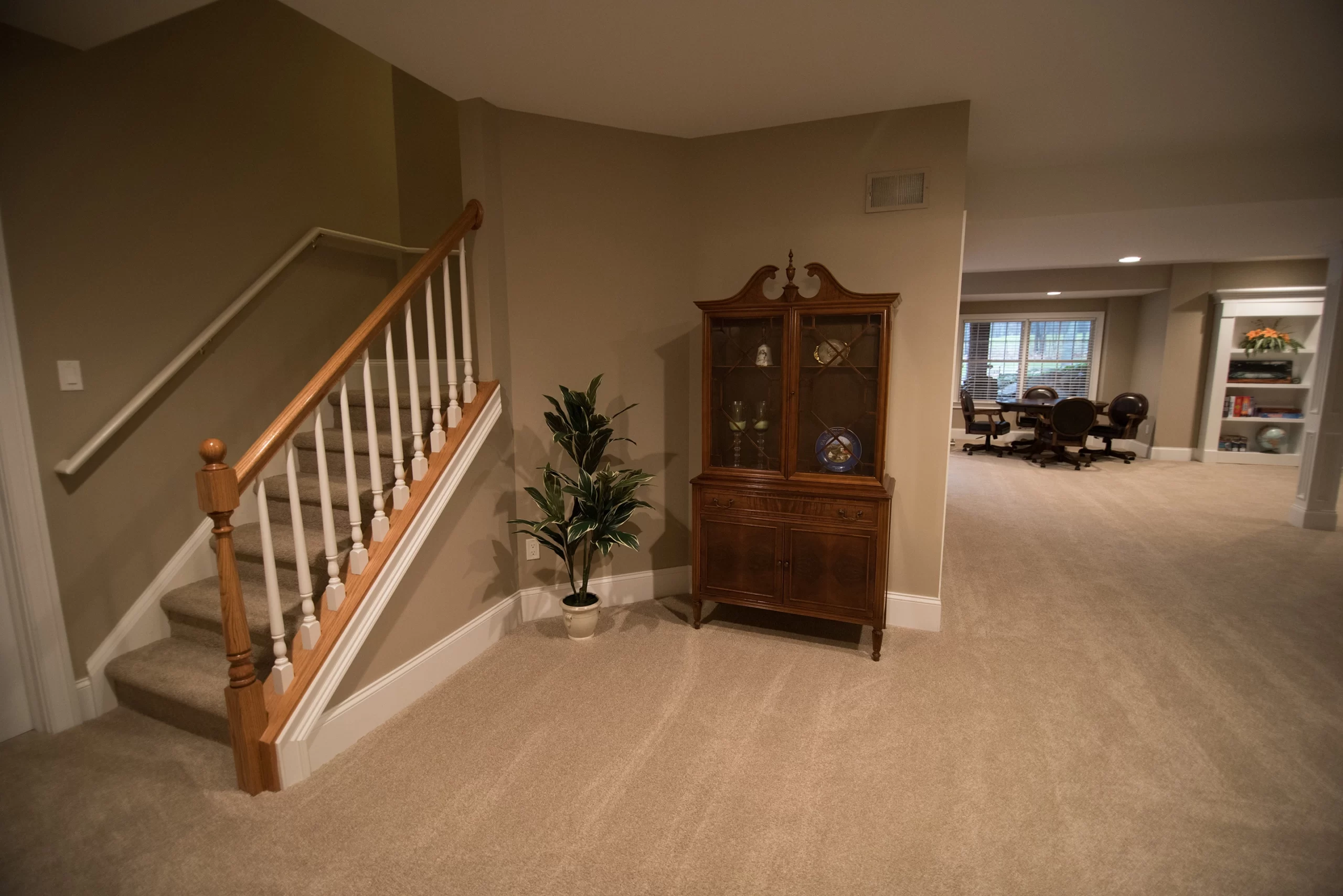
Slip Resistance
To ensure safety, it is important to use non-slip materials for treads and landings. This helps prevent accidents caused by slipping and provides traction even in wet or icy conditions. Non-slip materials can include textured surfaces, carpeting, or the application of anti-slip coatings.
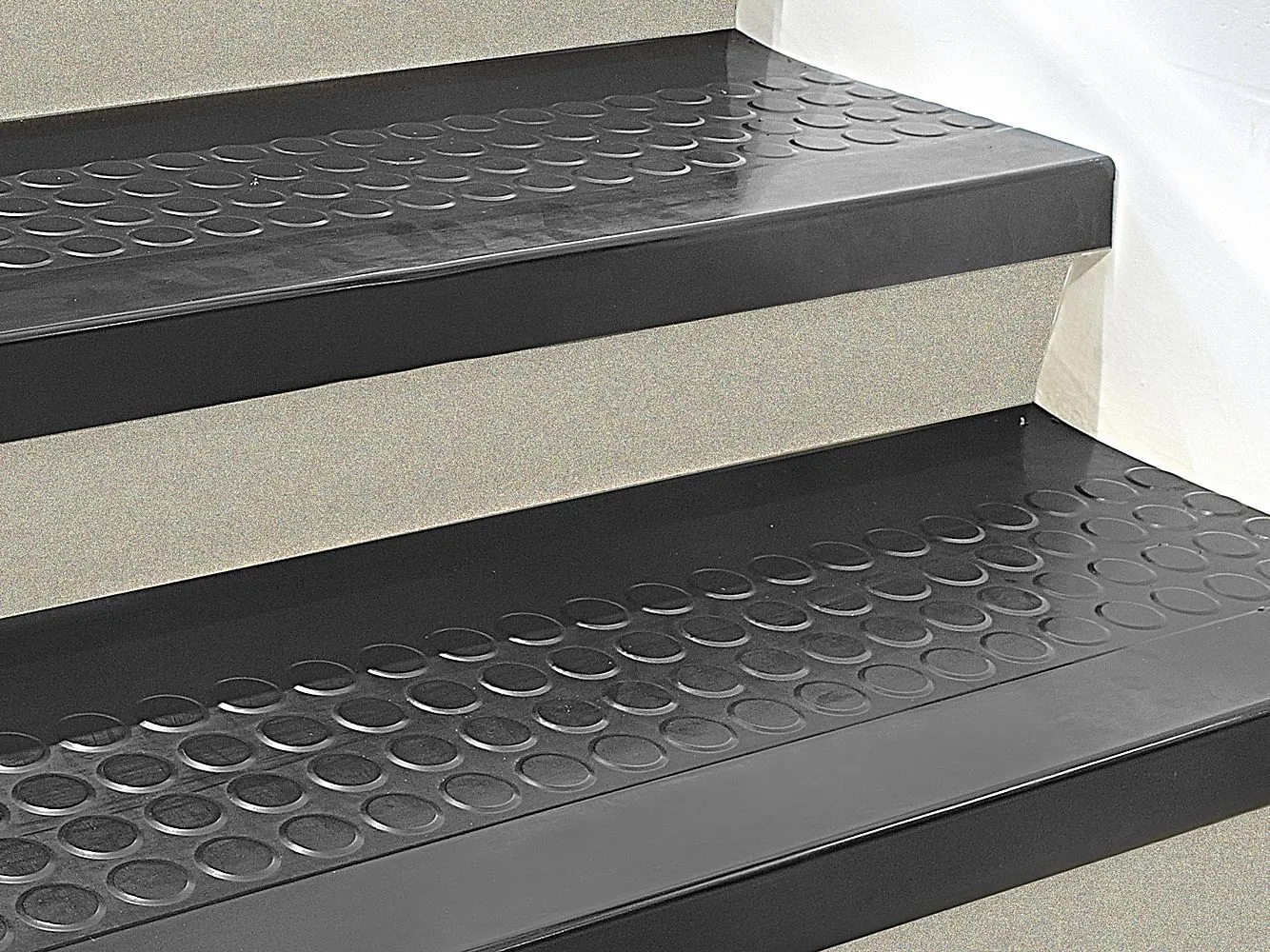
Adequate Lighting
Proper lighting along the stairs is crucial to ensure visibility and prevent accidents. Basement stairs should have adequate lighting at all times, including well-placed light fixtures or light strips to illuminate each step and landing. It is recommended to use energy-efficient and long-lasting lighting solutions.
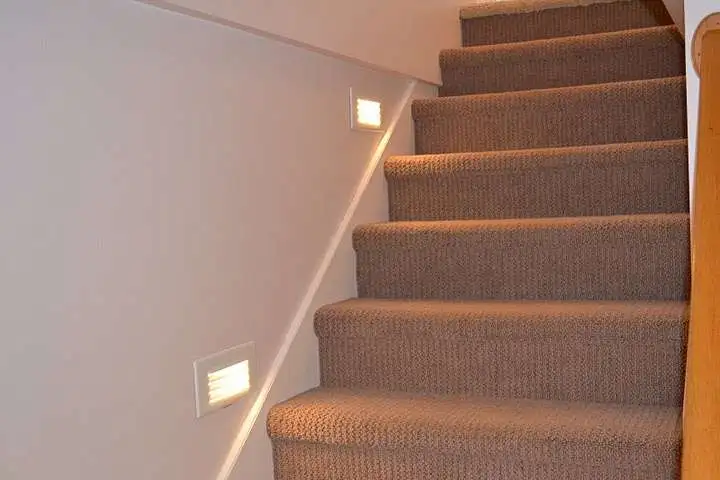
Handrail Safety
Handrails are an essential component of safe basement stairs. They should be firmly installed, provide a sturdy grip, and be of appropriate height according to the local building codes. Handrails help users maintain balance and stability while ascending or descending the stairs.
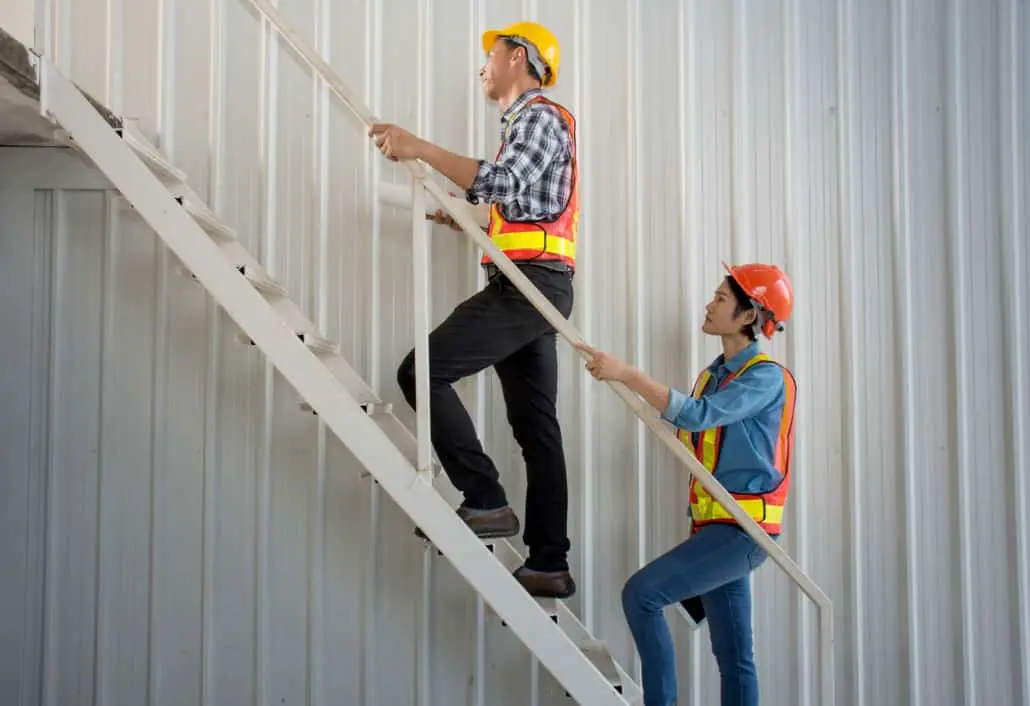
Professional Installation
It is recommended to have basement stairs designed and installed by qualified professionals who are knowledgeable about local building codes and regulations. We ensure professional installation ensures that the stairs meet the required standards for quality, safety, and functionality.

It is important to note that building codes and regulations may vary between different provinces and municipalities in Canada. Therefore, it is crucial to consult with local building authorities or professionals to ensure compliance with the specific requirements in your area.
